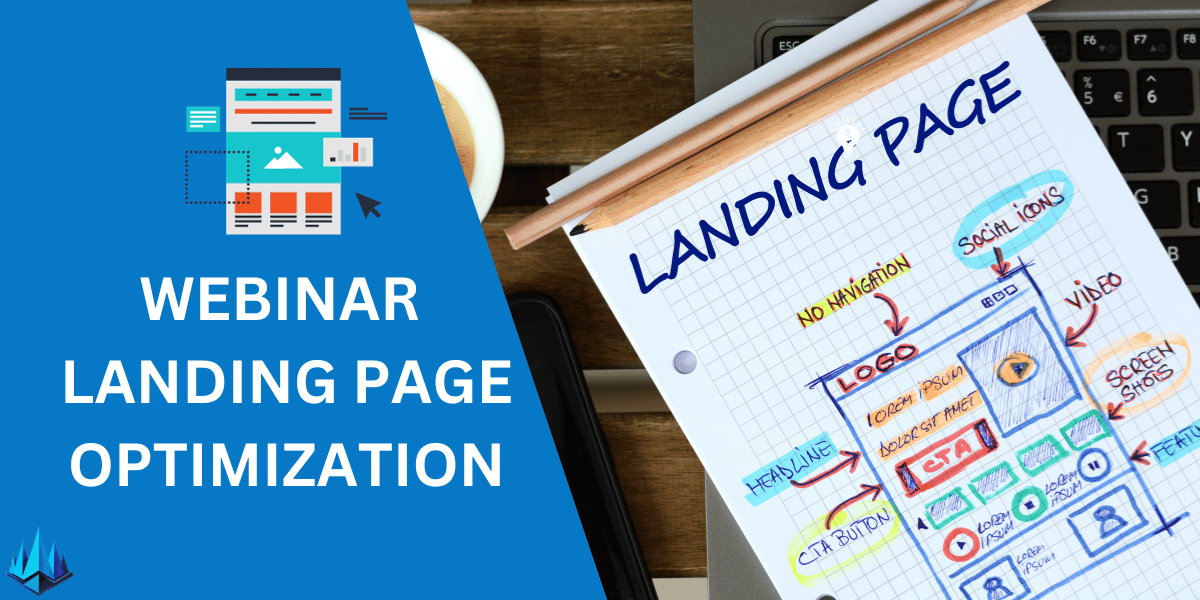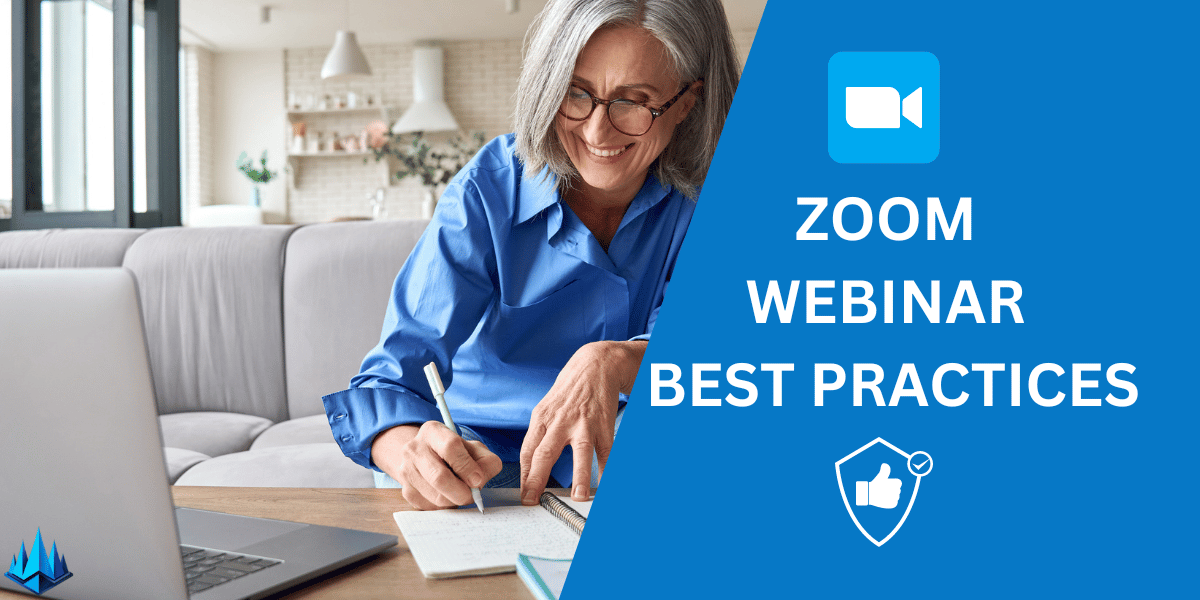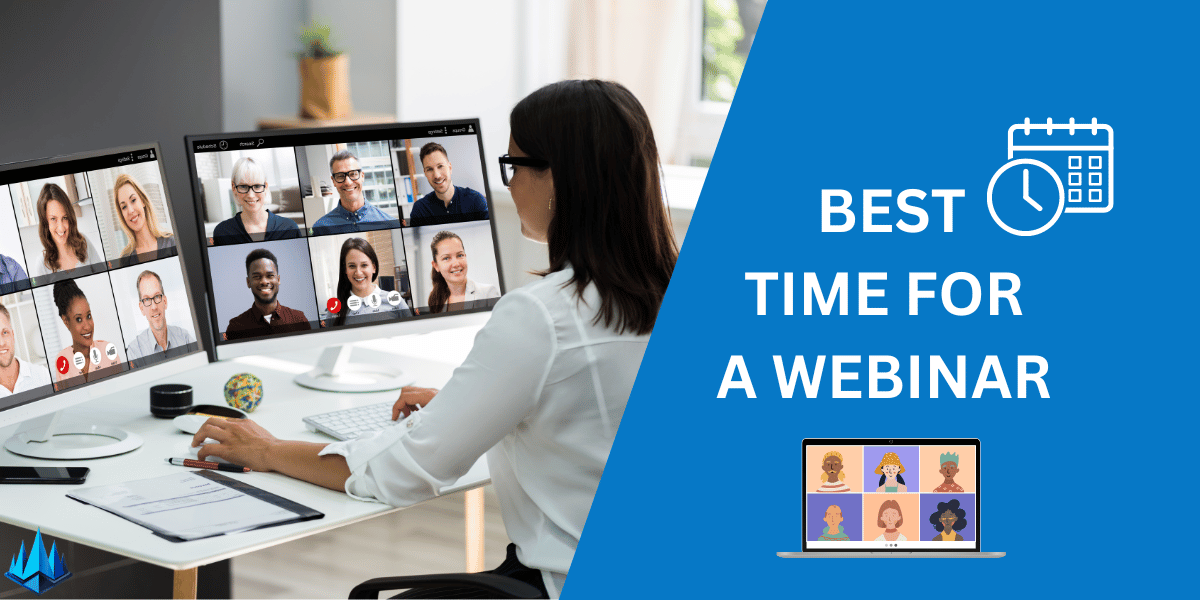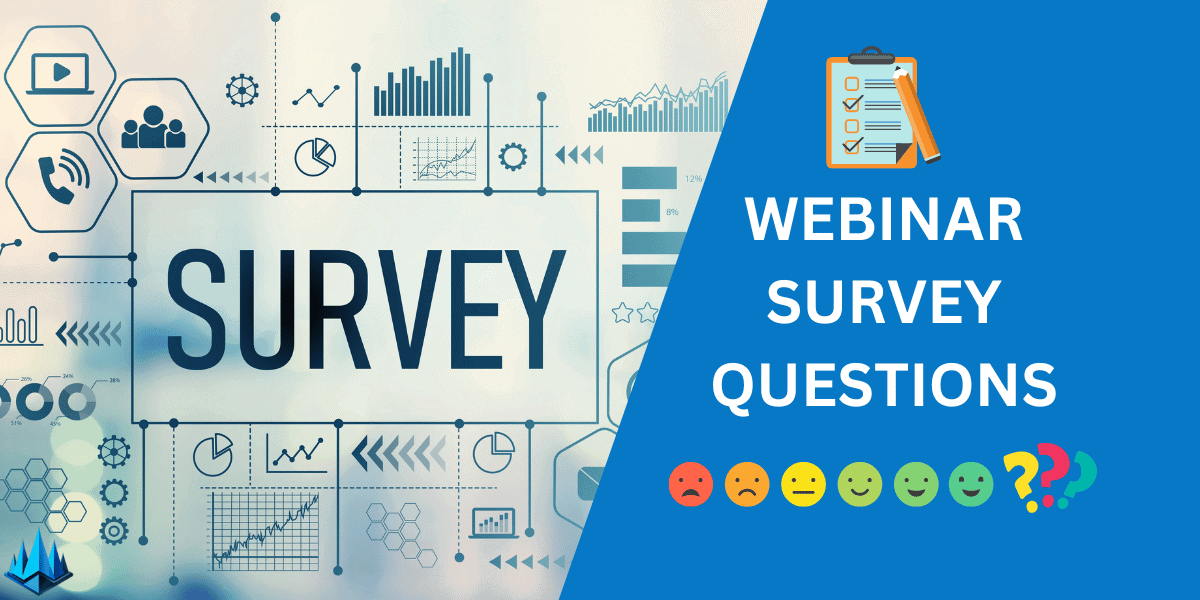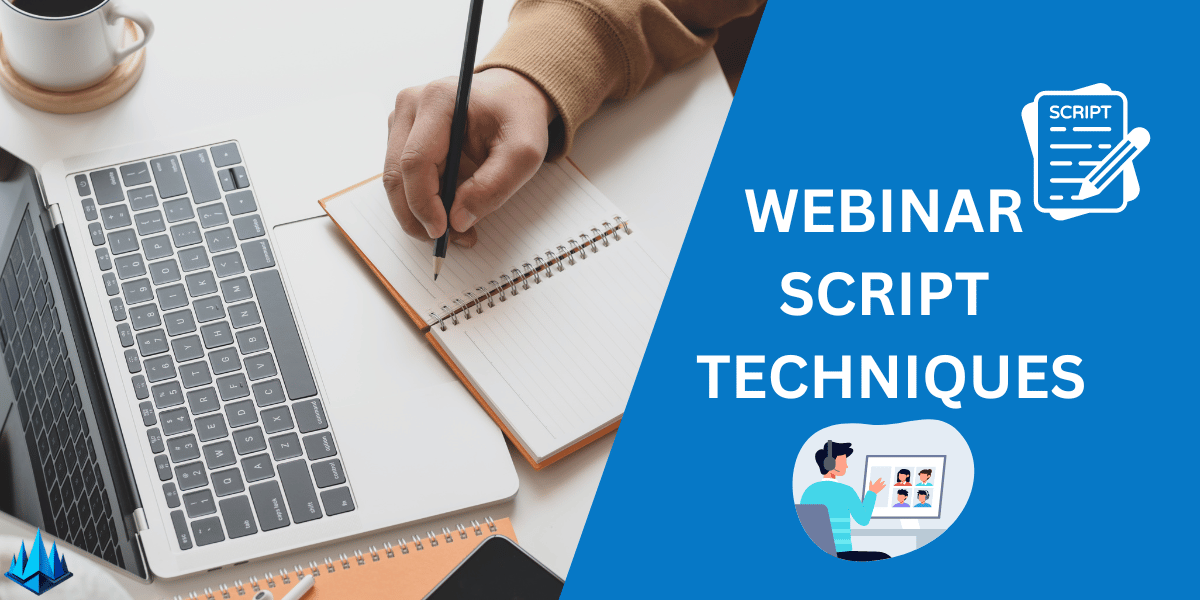Creating a perfect webinar in 2024 is no small feat. With the digital world constantly evolving, the standards for engaging and effective webinars are higher than ever. But don’t worry, I’ve got you covered. This article explores 13 essential steps to ensure your webinar stands out. Whether you’re a seasoned pro or a first-timer, these insights will elevate your game.
In today’s fast-paced digital era, capturing and maintaining an audience’s attention during a webinar is increasingly challenging. Without the right strategy, your webinar could fail to engage, leaving your audience disinterested and your message unheard.
With many options available, choosing the best webinar software is crucial but often overwhelming. The pressure to deliver a high-quality, impactful presentation can be daunting, especially considering the myriad of technical aspects.
This guide will walk you through 13 essential steps to creating the perfect webinar. From choosing the best webinar software to engage your audience effectively, each phase is designed to enhance the quality and impact of your online event.
- Understand the significance of selecting the best webinar software.
- Learn practical steps to captivate your audience from start to finish.
- Discover how to seamlessly integrate content and technology for an impactful webinar.
- Gain insights into the latest trends and practices for webinars in 2024.
By the end of this article, you’ll be equipped with all the knowledge and tools you need to create a webinar or a virtual meeting that informs and inspires your audience. Let’s dive in and make your next webinar a resounding success!
What Makes a Webinar Truly Perfect?
1. Interactive Q&A Sessions
Creating an interactive environment is critical. Incorporating Q&A sessions within your webinar encourages active participation, making attendees feel valued and heard. Personal experience shows that this boosts engagement and provides valuable feedback for future topics.
2. Expert Guest Speakers
Inviting guest speakers with expertise in your webinar’s topic can significantly enhance its value. Their unique insights and experiences bring depth and credibility, making the webinar more appealing and informative.
3. Real-Time Polls and Surveys
Using real-time polls and surveys during your webinar can instantly gauge audience interest and opinions. This strategy keeps the audience engaged and provides instant data to tailor the session as it progresses.
4. Live Demonstrations
Integrating live demonstrations, especially for technical or product-related webinars, adds an interactive and practical element. It helps visualize the application of concepts, which I’ve found dramatically enhances audience understanding.
5. Case Study Discussions
Incorporating case studies brings real-world scenarios into your webinar. Discussing actual cases from your experience or industry helps contextualize theories, making the session more relatable and impactful.
6. Interactive Workshops
Transitioning from a traditional webinar format to an interactive workshop can be highly effective. Workshops encourage hands-on learning and participation, leading to higher retention and satisfaction rates among attendees.
7. Panel Discussions
Organizing panel discussions within your webinar brings diverse perspectives to the table. It encourages debate and discussion, providing a more dynamic and engaging learning experience.
8. Behind-the-Scenes Tours
Offering a behind-the-scenes look at your business or workflow during the webinar can add a unique and personal touch. It builds trust and transparency with your audience, fostering a deeper connection.
9. Personal Success Stories
Sharing personal success stories related to the webinar’s topic can be highly motivating. It provides practical examples of how the presented information can be applied effectively.
10. Virtual Networking Sessions
Incorporating virtual networking sessions within your webinar encourages connections among attendees. This adds value to their experience and fosters a sense of community.
11. Exclusive Content Reveals
Providing exclusive content, such as revealing a new product or sharing unique insights, can entice your webinar. This strategy can attract a larger audience and boost engagement.
12. Follow-up Q&A Emails
Sending follow-up Q&A emails after the webinar helps in maintaining engagement. It shows commitment to your audience’s learning and provides an opportunity to address any unanswered questions.
13. Implementing Audience Feedback
Actively seeking and implementing audience feedback in future webinars demonstrates that you value their input. This approach improves the quality of your webinars and builds loyalty among your audience.
Why Is the Perfect Webinar Crucial?
In the digital age, mastering the art of the perfect webinar has become a pivotal skill for professionals across various fields. But why is it so critical?
A well-executed webinar showcases your expertise and significantly expands your reach.
The key to success lies in understanding how to do a webinar that engages, informs, and resonates with your audience.
The perfect webinar isn’t just about presenting information and creating an experience.
It involves a delicate balance of compelling content, interactive elements, and technical finesse. From selecting the right platform to engaging storytelling, every detail counts.
Moreover, the perfect webinar can transform passive viewers into active participants, fostering a community around your brand or message. In essence, it’s not just a presentation; it’s a gateway to building lasting connections and imparting lasting impact.
Whether educating, selling, or inspiring, mastering the perfect webinar can be your stepping stone to new opportunities and more significant influence.

Final Thoughts
As we wrap up our discussion on the journey to hosting the perfect webinar, it’s crucial to acknowledge the role of technology in this endeavor.
Choosing a free webinar platform can be a game-changer, especially for those just starting out or working with limited budgets.
These platforms offer a cost-effective way to reach your audience without compromising on quality.
However, the perfect webinar is not just about the tools you use; it’s about how you use them to create an engaging and memorable experience.
It’s about blending your content, presentation skills, and audience interaction to make each session unique.
Whether you’re using a free webinar platform or a paid one, the essence of a successful webinar lies in your ability to connect with your audience and deliver value.
Remember, technology is just the medium; the magic happens when you bring your passion and expertise to the forefront, transforming a simple online session into a compelling learning experience.
Frequently Asked Questions
What Makes a Webinar ‘Perfect’?
A perfect webinar effectively engages, educates, and provides value to its audience. It combines well-prepared content, interactive elements, and a smooth technical execution. The speaker’s ability to connect with the audience, address their needs, and provide actionable insights also plays a crucial role.
How Long Should the Perfect Webinar Last?
The ideal duration for a perfect webinar is typically between 30 to 60 minutes. This timeframe is sufficient to cover a topic in-depth without losing the audience’s attention. It’s important to include time for Q&A, ensuring audience engagement and interaction.
Can You Host a Perfect Webinar for Free?
Yes, you can host a perfect free webinar using various free online webinar platforms. These platforms often provide basic features necessary for a successful webinar, though they might have limitations compared to paid versions.
What Are the Key Elements of a Perfect Webinar?
Key elements of a perfect webinar include a clear and engaging topic, a well-structured presentation, reliable technology, interactive components like Q&A and polls, and a charismatic presenter. Good audio and video quality are also essential.
How Do I Choose the Right Platform for My Perfect Webinar?
Choose a platform that aligns with your webinar goals, audience size, and the level of interaction you want. Consider factors like ease of use, reliability, audience engagement tools, and compatibility with other software. Research and compare different platforms to find the best fit for your needs.




